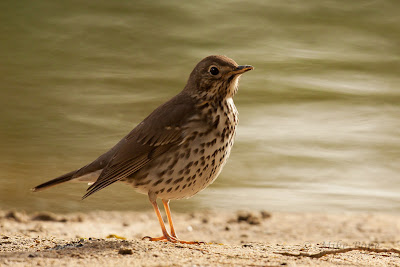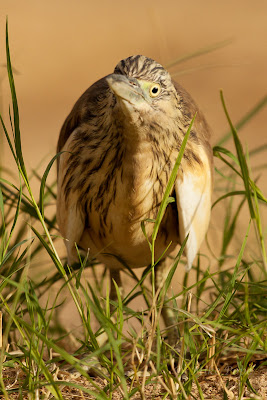While my family was at a birthday party, I spent an hour at Sharq Harbour although it was a little late in the morning. Many of the large white-headed Gulls appear to have departed, so only a few late leavers are still around.
I found a Caspian Gull
 |
| Caspian Gull (Larus cachinnans) |
 |
| Adult Great Black-headed Gull (Larus ichthyaetus) |
Some movement caught my eye and I saw this Indian Reef Heron dash out from behind the harbour wall to pounce on a fish discarded from one of the dhows, quite eagerly chased by a Gull, without success.
 |
| Indian Reef Heron (Egretta g. schistacea) being pursued unsuccessfully by a juvenile Gull |

















































